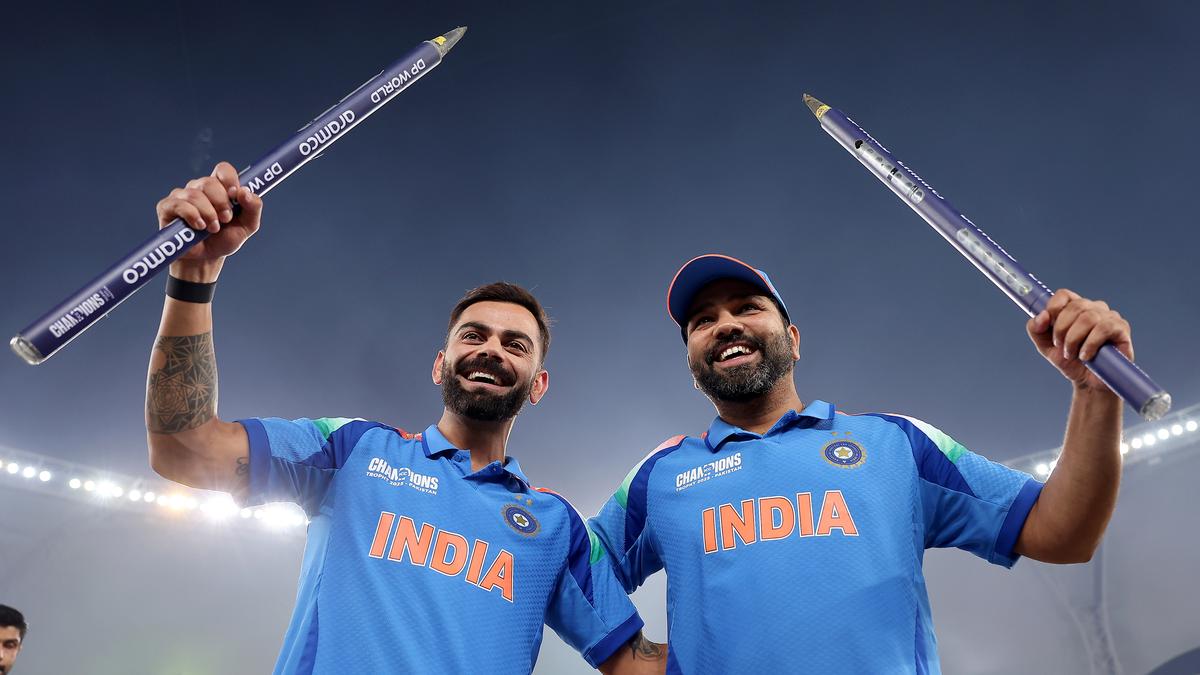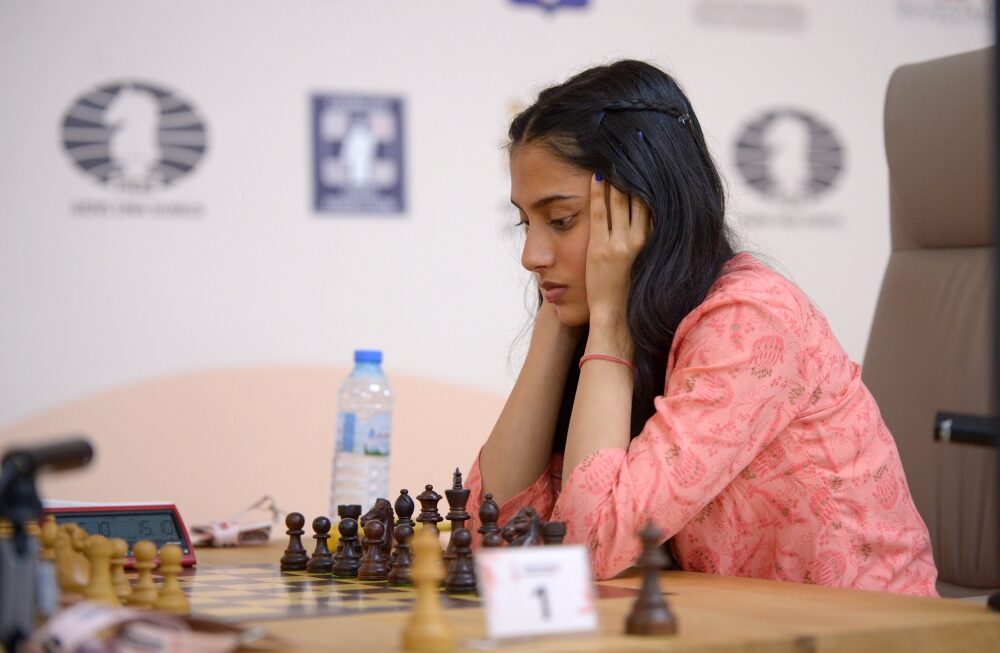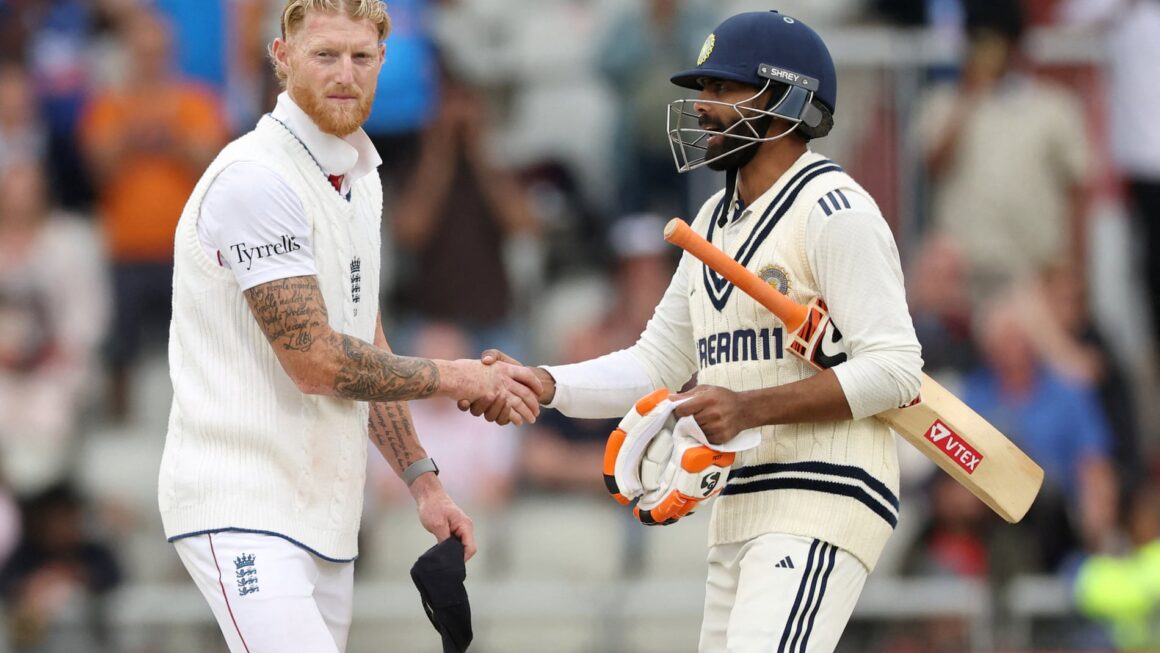BCCI Central Contracts 2024-25: Complete List, Salary Breakdown, and Performance Criteria
The Board of Control for Cricket in India (BCCI) recently unveiled its central contract list for the 2024-25 season, introducing significant changes to both the grading system and performance-based criteria. This comprehensive guide examines the new contract structure, player classifications, salary details, and the strategic implications behind the BCCI’s latest contractual framework.
Key Highlights of BCCI Central Contracts 2024-25
The BCCI has announced central contracts for 30 players across five grades for the 2024-25 period. Notable changes include the introduction of a new “A+” category, stringent performance criteria focusing on domestic cricket participation, and revised annual retainers reflecting the board’s strategic priorities for Indian cricket development.
New Five-Tier Contract Structure
The BCCI has expanded its contract structure from four to five categories:
- Grade A+: ₹7 crore annual retainer
- Grade A: ₹5 crore annual retainer
- Grade B: ₹3 crore annual retainer
- Grade C: ₹1 crore annual retainer
- Grade D: ₹50 lakh annual retainer (newly introduced)
This revised structure represents a significant increase from the previous season’s framework, with top-tier players now earning ₹7 crore compared to the previous maximum of ₹7 crore under the old system.
Complete Player List by Category (2024-25)
Grade A+ (₹7 crore)
- Rohit Sharma
- Virat Kohli
- Jasprit Bumrah
- Ravindra Jadeja
Grade A (₹5 crore)
- R. Ashwin
- Mohammed Shami
- Mohammed Siraj
- KL Rahul
- Shubman Gill
- Hardik Pandya
- Axar Patel
- Yashasvi Jaiswal
Grade B (₹3 crore)
- Rishabh Pant
- Kuldeep Yadav
- Suryakumar Yadav
- Arshdeep Singh
- Ishan Kishan
Grade C (₹1 crore)
- Rinku Singh
- Tilak Varma
- Ruturaj Gaikwad
- Shardul Thakur
- Shivam Dube
- Ravi Bishnoi
- Prasidh Krishna
- Washington Sundar
- Mukesh Kumar
- Dhruv Jurel
Grade D (₹50 lakh)
- Sanju Samson
- Khaleel Ahmed
- Avesh Khan
New Performance and Participation Criteria
The BCCI has introduced stringent performance criteria focused on domestic cricket participation. Key requirements include:
- Mandatory Domestic Cricket: Players must participate in domestic cricket when not representing India internationally
- Format-Specific Requirements: Test specialists must play a minimum number of Ranji Trophy matches
- Fitness Standards: Rigorous fitness assessments at the National Cricket Academy
- IPL Considerations: Players prioritizing IPL over domestic cricket may face contract penalties
According to BCCI Secretary Jay Shah, “The performance-linked central contracts ensure that players maintain high standards across all formats and contribute to domestic cricket development” (BCCI Official Website).
Notable Omissions and Inclusions
Players Dropped From Contracts
- Cheteshwar Pujara
- Shreyas Iyer
- Umesh Yadav
- Deepak Chahar
- Bhuvneshwar Kumar
First-Time Contracted Players
- Rinku Singh
- Yashasvi Jaiswal
- Dhruv Jurel
- Tilak Varma
Strategic Analysis: BCCI’s Contract Vision for Indian Cricket
The BCCI’s revised central contract system reflects several strategic priorities for Indian cricket:
1. Promoting Multi-Format Excellence
The new structure rewards players who excel across formats while ensuring specialists receive appropriate compensation. According to cricket analyst Harsha Bhogle, “The BCCI is smartly incentivizing all-format players while creating pathways for format specialists” (ESPN Cricinfo).
2. Domestic Cricket Revitalization
By mandating international players’ participation in domestic tournaments, the BCCI aims to elevate the standard of competitions like the Ranji Trophy and Duleep Trophy. This addresses concerns about declining interest in first-class cricket among established players.
Former India captain Anil Kumble noted, “This approach ensures that young cricketers benefit from competing alongside experienced international players, creating a stronger talent pipeline” (Cricbuzz).
3. Future-Proofing Indian Cricket
The inclusion of emerging talents like Yashasvi Jaiswal, Rinku Singh, and Dhruv Jurel in the central contracts demonstrates the BCCI’s commitment to securing the future of Indian cricket across formats.
4. Financial Security and Performance Incentives
The significant increases in contract values provide financial security while the performance-linked criteria ensure accountability. Players now have stronger incentives to maintain fitness and form throughout the season.
Pay Structure Comparison: 2023-24 vs. 2024-25
| Grade | 2023-24 Amount | 2024-25 Amount | Change |
|---|---|---|---|
| A+ | ₹7 crore | ₹7 crore | No change |
| A | ₹5 crore | ₹5 crore | No change |
| B | ₹3 crore | ₹3 crore | No change |
| C | ₹1 crore | ₹1 crore | No change |
| D | Not applicable | ₹50 lakh | New addition |
While the base amounts remain unchanged for the existing grades, the introduction of Grade D provides an entry point for emerging players.
Additional Compensation Structure
Beyond the annual retainer fees, contracted players receive match fees for each game they play:
- Test Match: ₹15 lakh per match
- ODI Match: ₹6 lakh per match
- T20I Match: ₹3 lakh per match
Players also receive performance bonuses for exceptional achievements like centuries, five-wicket hauls, and player of the match/series awards.
Impact on Indian Cricket Ecosystem
The new contract system is expected to have far-reaching implications for Indian cricket:
For Players
- Clearer pathways for career advancement
- Stronger financial incentives for domestic cricket participation
- Greater emphasis on fitness and year-round performance
For Domestic Cricket
- Enhanced quality with international players participating regularly
- Increased viewership and sponsorship interest
- Improved talent identification through higher-quality competitions
For Team India
- More robust bench strength through domestic system development
- Better format-specific preparation
- Long-term consistency across all three formats
Expert Opinions
Cricket historian Ramachandra Guha believes, “This contract system represents the BCCI’s most concrete step yet toward balancing IPL success with maintaining India’s dominance in international cricket” (The Cricket Monthly).
Former selector Saba Karim notes, “The emphasis on domestic cricket participation addresses a critical gap in India’s cricket ecosystem that was beginning to emerge with the IPL’s dominance” (Star Sports).
Conclusion: Forward-Looking Approach to Player Management
The BCCI’s 2024-25 central contracts represent a sophisticated approach to player management in an increasingly complex cricket landscape. By balancing financial rewards with performance accountability, and by explicitly connecting international success with domestic cricket participation, the board has created a framework designed to sustain India’s cricketing excellence across formats.
As Indian cricket navigates the challenges of a packed international calendar, expanding IPL commitments, and the need to maintain competitive domestic competitions, this contract system provides both the carrot and stick needed to align player incentives with national cricket priorities.













